The Color of Love
If you’ve been to our site or you’re on it now, you may have noticed that we picked street art as the unifying inspiration for the work of the Collective Change Lab. Street art is arguably the most democratic art of our time. It lives in our neighborhoods, charges no fees, requires no interpretation, and changes everyday lives, individually and collectively. The street artists featured on our site testify to the creative human spirit and the expressive power of art.
This week’s Boston Globe piece, “If you’re willing to see, the walls have something to say,” shares a similar sentiment in profiling Worcester, MA where over 140 works of public art enrich the city landscape. Says author, Jeneé Osterheldt, “The spray can holds the color of love, a desire to be seen, a demand for justice, and a secret dap for the folk who speak the neighborhood’s native tongue.” Osterheldt’s video series “A Beautiful Resistance,” features Che Anderson, Deputy Culture Development Officer for the City of Worcester and the architect of the city’s public arts and culture programs. He says the works “try to create value where there isn’t any inherently and amplify people who look like me in spaces where you don’t see many people who look like me.”
Street art is evocative, fanciful, full of stories, sometimes angry, often joyful and, as Osterheldt suggests, it holds the color of love. More than the multiple hues painted on its make-do palates, street art is colored by a fierce and expressive honesty. That’s why it’s such an important lens for the work of collective change.
If collective change is solely about rationality—best demonstrated practices, indicators of success, data on disparities—we will never achieve transformation. What ushers in transformational change is bringing love-filled meaning to dialogue and relationships, examinations of power, our understanding of mental models contributing to the problem, and clear-eyed analysis of structural conditions. It’s about compassion and honesty, and the courage to see, and help others see, what’s really happening. The Greeks had a word for this type of love: agape—a selfless love that passionately commits to the well-being of others. A type of love that speaks through us, emboldening us to bring our unique voice to act with compassion in the world.
Looking for ways to achieve transformational collective change? Take a page from the play book of street art. Seek the color of love.
Image credits: Mural by Angurria & Tony Perralta, 2019 at Worcester’s Great Brook Valley Public Housing area. Photo by @lannycatcheswalls.
